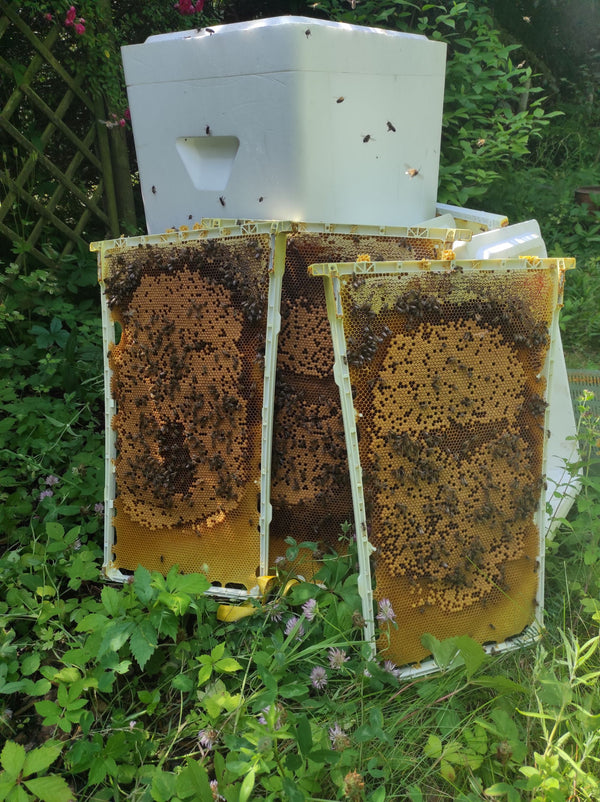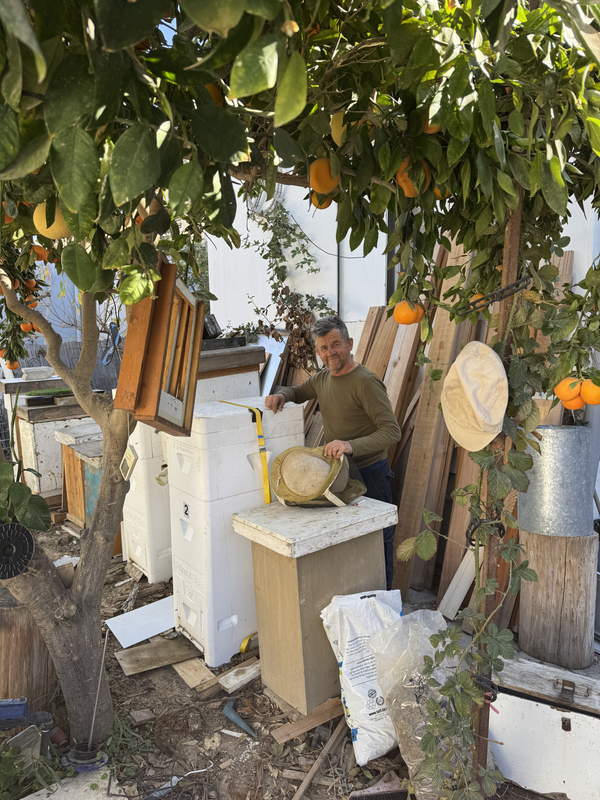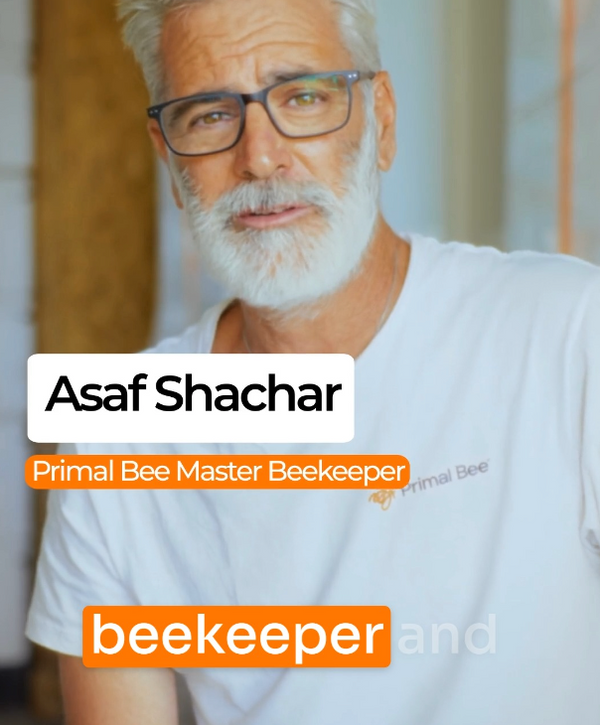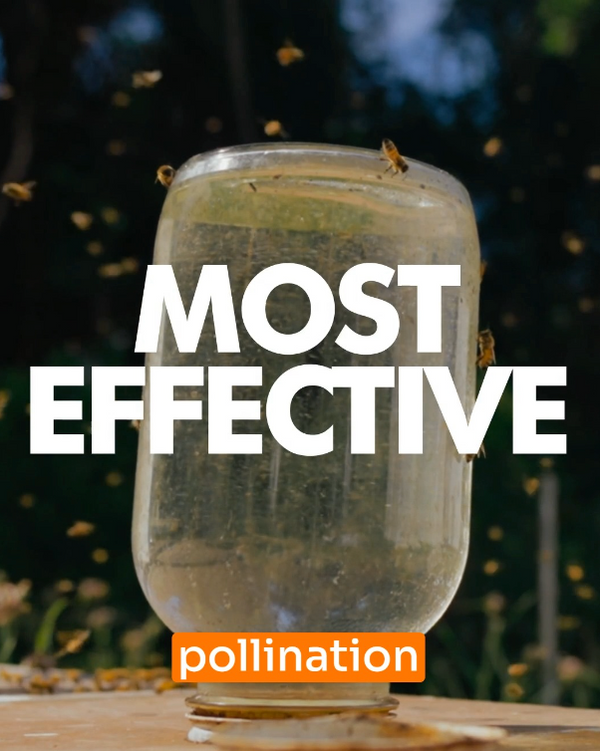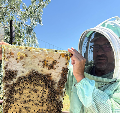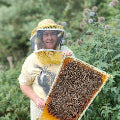Colony population
Cost reduction
Honey production
Pollination capability
Colony success
The current standards in beekeeping don’t make sense anymore
Your hard work should not go to waste
Primal Bee’s new standard approach relies on minimal hive interventions, resulting in fewer hours of work per hive while doubling your bee population.
Cut maintenance costs by up to 70% and double the colony size
With Primal Bee’s boosting effect doubling your bee population, you can enjoy the reward of multiple splits per year. Expand your apiary organically instead of wasting resources on new nucs or using your splits to fill the gaps created by colony loss.
Return to an organic growth of the apiary
Primal Bee’s new standard approach relies on minimal hive interventions. A robust colony leads to an unmatched surplus in honey production and a decrease in feeder usage, resulting in a significant increase in honey purity, resulting in fewer hours of work per hive while doubling your bee population.
Double your honey production Increase honey purity
Your beekeeping efforts deserve better results
Field tested by beekeepers around the world
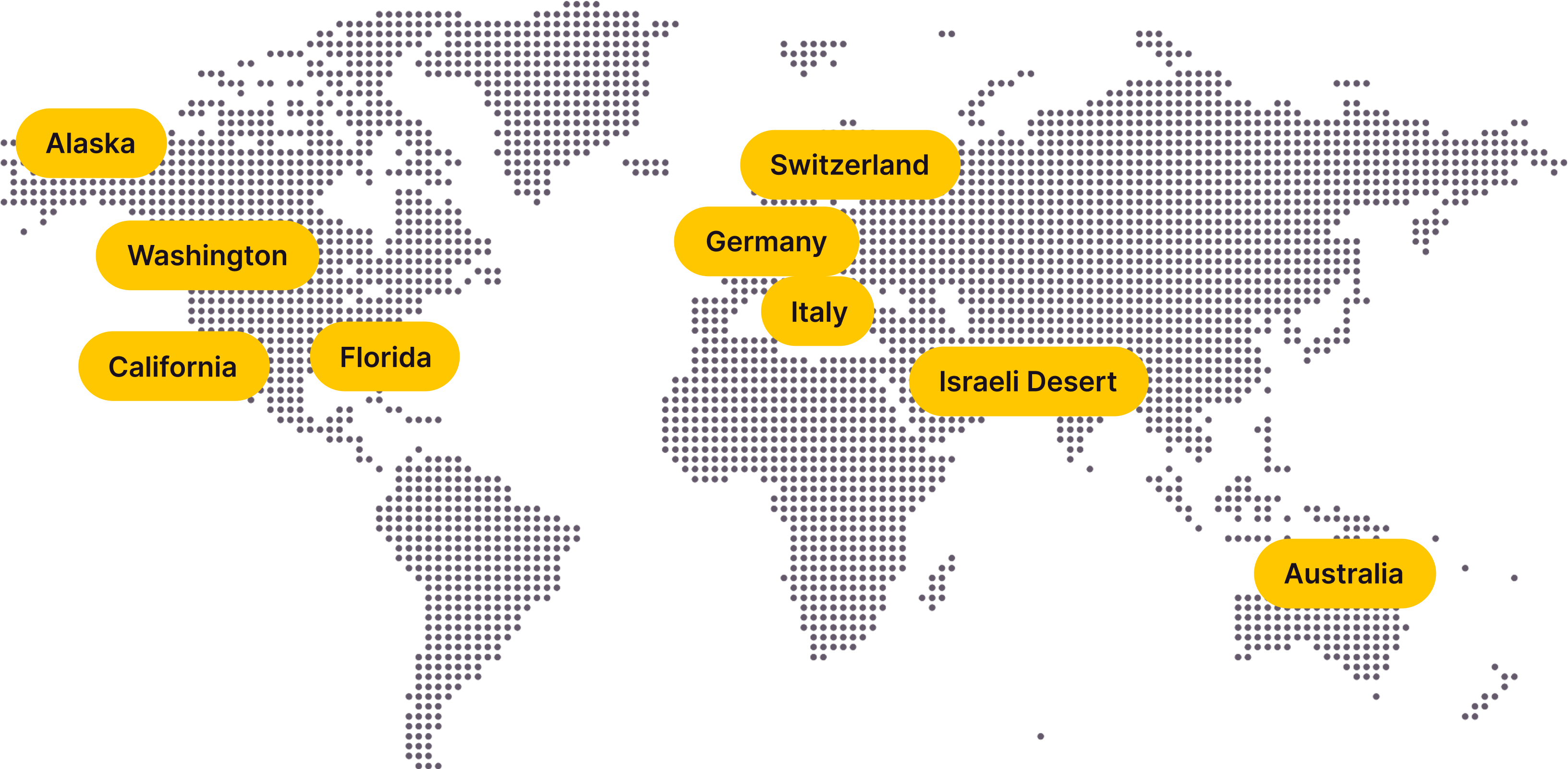
“Primal Bee is an investment that pays for itself.”
Over 10 years, each Primal Bee hive adds ~$2,000 in honey, saves ~$1,000 in costs, saves dozens of hours of maintenance and inspections, and helps prevent deadouts — so you don’t lose colonies, seasons, or money.
$350–$450
(including insulation upgrades, supers, and brood frames)
$550-$799
(includes all accessories + shipping)
1 hive box
(including insulation upgrades, supers, and brood frames)
Equivalent to ~2 Langstroth hives
(no add-ons needed)
~40 lbs
~80 lbs
$240/year
$480/year
3-5 years
10-15 years
$700–$1,000+
$0–$100
(minimal upkeep)
Frequent inspections, feeding, treatments
70% fewer interventions; less “bee babysitting”
~$100–$200 per hive
~$30–$50 per hive
~$1,500–$2,000
(hive + upkeep + replacements)
~$799–$899
(including upkeep)
$2,400
(based on 40 lbs/year @ $6)
$4,800
(based on 80 lbs/year @ $6)
LIVE COMPARISON: Old Wooden Box vs. The New Standard
Scientifically proven and patented
When Primal Bee’s expert beekeepers-engineers meet the unique biology of the honeybee colony
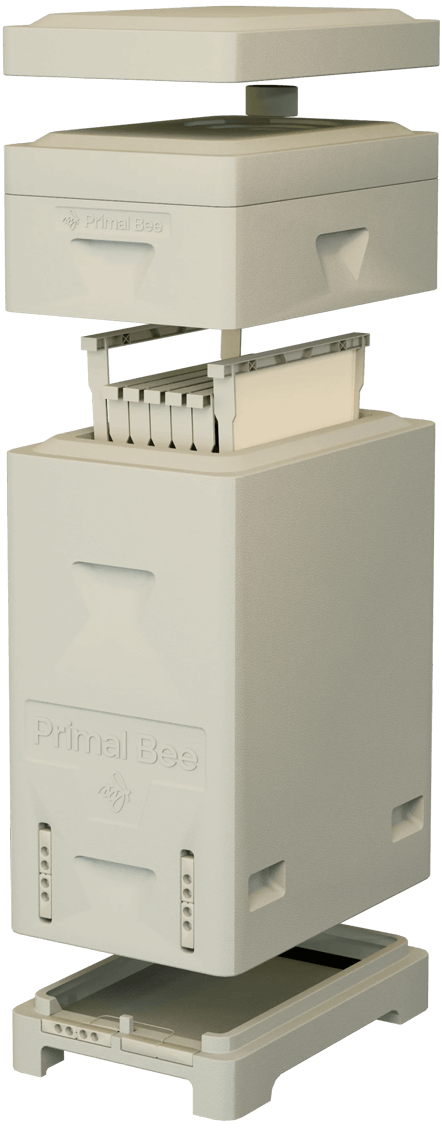
Under the leadership of Primal Bee® founders, engineer and former university professor Gianmario Riganti and mechanical production expert Alex Gamberoni, both experienced beekeepers, our R&D team has dedicated its efforts to developing the most beneficial beehive for both bees and beekeepers.
We applied thermodynamics to design a nest that aligns with the specific biological traits of the honeybee colony as a superorganism.
We use 100% recyclable EPS to create supreme insulation, preventing energy loss and thereby enhancing the colony's potential to prosper.
Two top covers are used to prevent heat loss or gain and provide for a safe way to transport hives without losing bees.
The hive acts as a booster for the bee colony. Harnessing a 500% increase in thermodynamic efficiency to transition from surviving to thriving, from loss to surplus.
No need to change your existing honey extracting equipment - our supers are available in all common sizes and fit perfectly all frames.
The hive dimensions fit both common pallets and allow for mobility, making it suitable for nomadic beekeeping or relocation needs.
Enhancing the colony’s inherent ability to moderate temperature and humidity.
Provides the beekeeper with a range of options: fully open, two levels of controlled entrance, and completely closed.
FAQs
Got another question for our team?
Ask us anythingOne Primal Bee hive has the brood capacity of about two standard Langstroth hives, thanks to its deep vertical layout and energy-efficient design.
It’s equal in volume to three stacked Langstroth deeps, giving bees more space to grow without swarming or congestion.
Each Primal Bee includes 8 proprietary nest frames. Each one holds roughly 2.75 times more than a standard Langstroth frame.
No. Primal Bee nest frames are designed specifically for the Primal Bee system. They’re included with every kit.
Yes. The supers are compatible with standard Medium and Deep Langstroth and Medium Dadant deep frames, so you can keep using your current extraction equipment.
Yes. You can use any bee-safe outdoor latex paint if you want to customize the look. Bees won’t mind either way.
You don’t. The deep nest frames are for brood, not honey. Honey is harvested from the supers using standard-size frames that work with your existing extractor.
Yes. Bees build faster, cluster more efficiently, and grow stronger colonies in Primal Bee hives. The shape and climate mimic the conditions of a wild nest.
It’s sterile, recyclable, and bee-safe. It insulates five times better than wood and doesn’t rot or mold. Primal Bee hives have been field-tested for more than 10 years across all climates.
Adding insulation to a wooden hive gives you about a 15% boost. Primal Bee delivers up to 500% better performance because it’s completely redesigned for bee biology and thermal control.
In the heat, bees fan their wings and bring in water to cool the hive. In traditional hives, that cooled air escapes quickly. Primal Bee retains it, reducing stress and energy loss. Even in desert climates, beekeepers have seen up to twice the honey yield.
Primal Bee hives can last for decades with minimal maintenance. Unlike wood, EPS doesn’t rot, warp, or attract pests.
Most beekeepers see a return within the first year through higher honey yields, fewer dead-outs, and less feeding or maintenance.
It’s bigger, more efficient, and built to reduce long-term costs. One Primal Bee replaces multiple wooden boxes and performs better in every season. You’re investing in better outcomes, not just another box.
You can wire and wax your own, or use our plastic foundations, specifically engineered for Primal Bee's brood frames.
No. While it helps beginners succeed faster, Primal Bee is designed for advanced hobbyists and commercial beekeepers who want stronger colonies and better returns.
Got another question for our team?
Ask us anythingReal Hives. Real Results.
Follow us @PrimalBee
